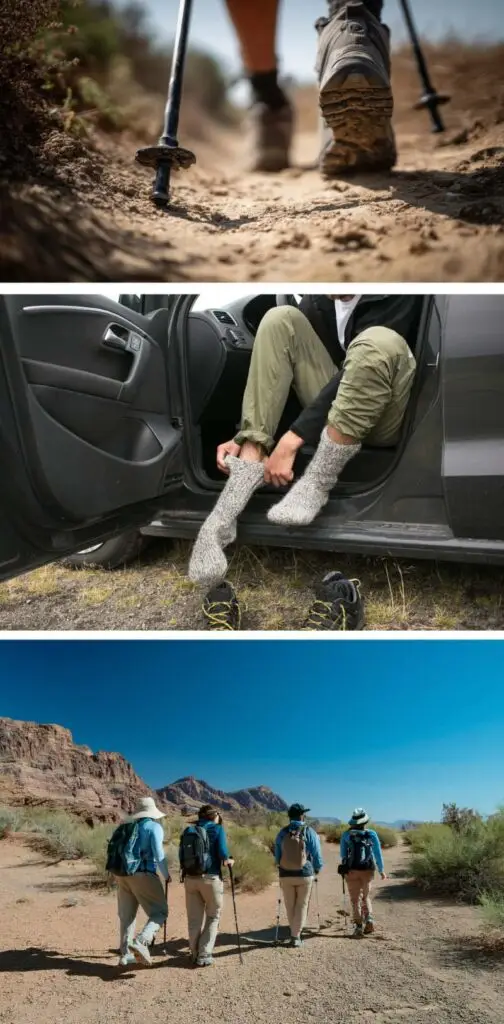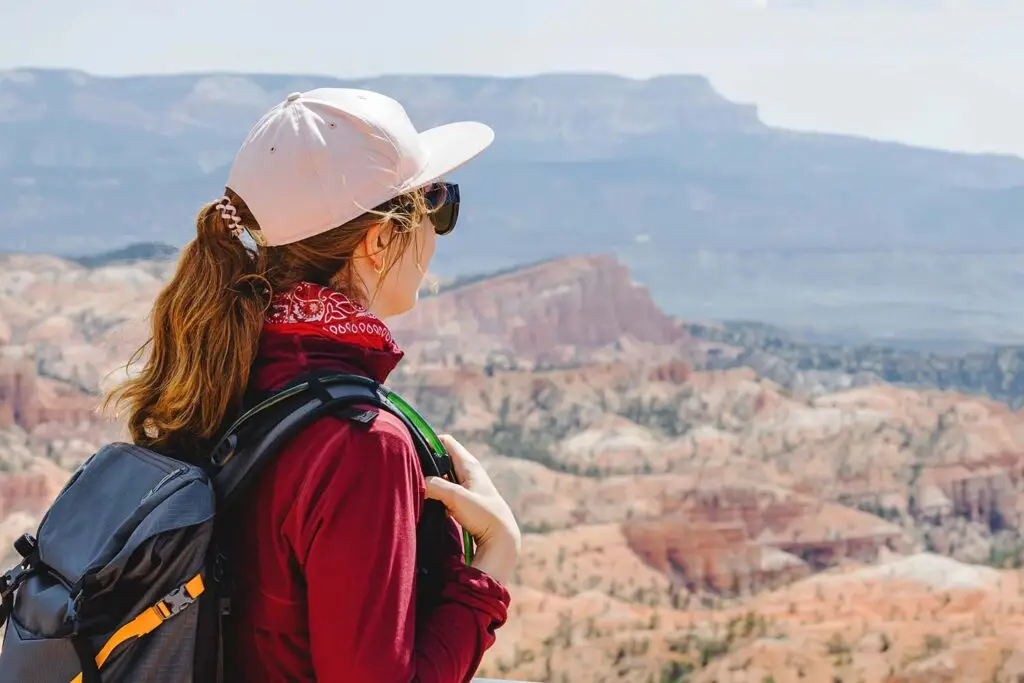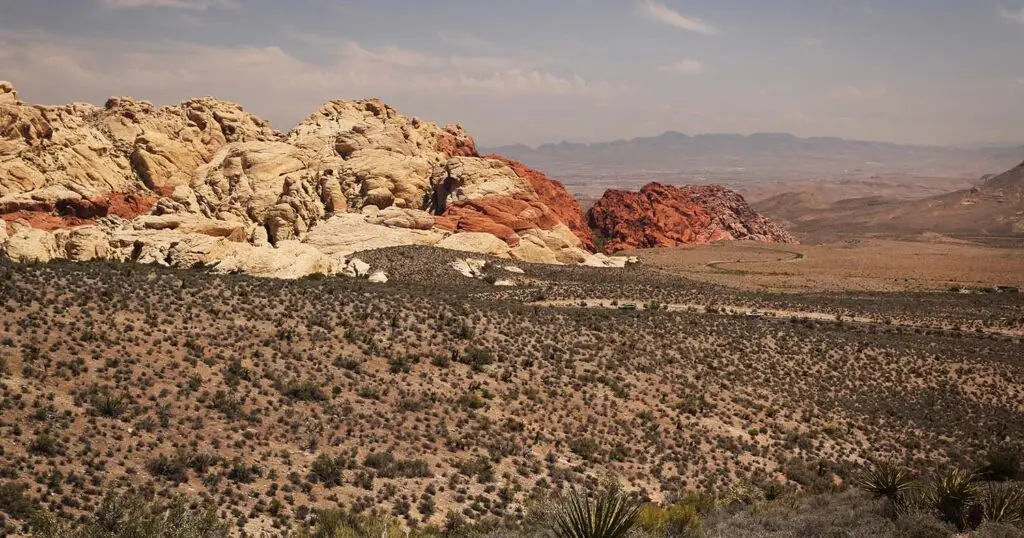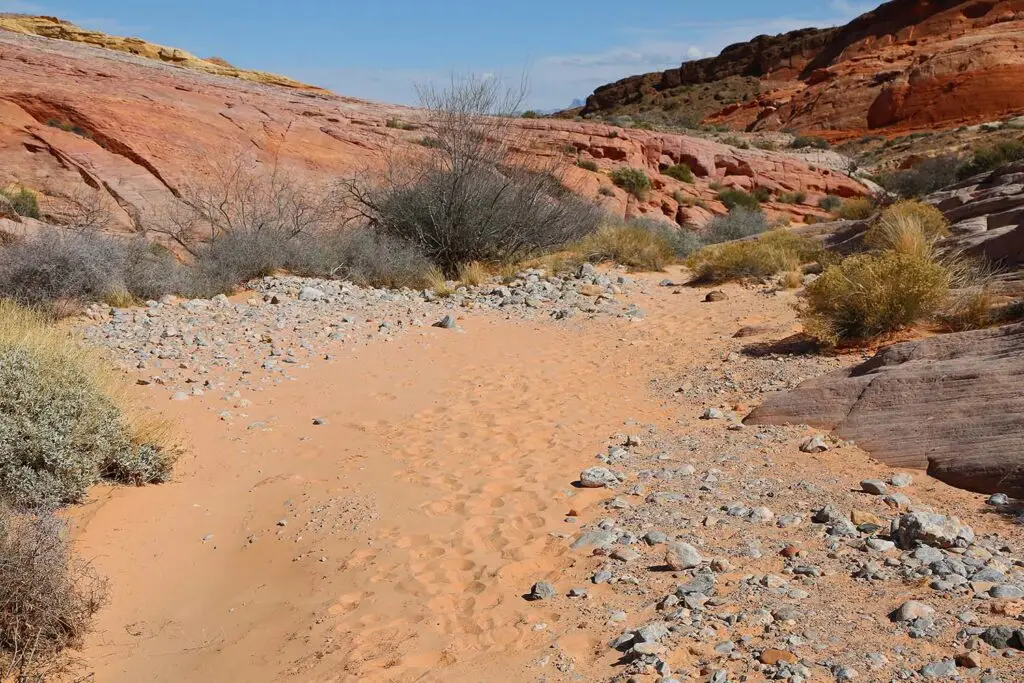Top Ten Frequently Asked Questions About Desert Hiking
We include recommendations and tips from VH Organizer Bob Carroll
Here we answer the top ten most frequently asked questions about hiking in the desert near Las Vegas.
From having a hiking buddy to wearing the right shoes, understanding how to stay safe and comfortable is key to having a great experience. Bob Carroll is a VegasHiker organizer who hikes in the Southwest Las Vegas Valley every week. Here he answers the top 10 most frequently asked questions and offers tips for desert hiking safety.
What is the most important tip to know about hiking in the desert?
There are actually a few critical tips:
Never Hike Alone! Even experienced hikers can slip or twist an ankle—always have a buddy.
Emergency Information! Have an in-case-of-emergency card, MyLifeID™ card or ICE contact on phone.
Use Sun Protection! The sun is very strong in the desert, even in the winter. Use a high quality sunscreen and cover up to protect your skin, especially the delicate skin on your face and neck.

What clothing and footwear are recommended for desert hiking?
- Choose the Right Shoes: High top hiking shoes provide the best ankle support; tennis shoes offer almost none.
- Shoe Sizing: For hiking, wear shoes that are half to one size bigger than your street shoes for comfort.
- Sock Cushioning: Thick, mostly wool socks paired with thin nylon (not bamboo) liners.
- Light colored, breathable fabric. Long sleeves and pants, even in the heat can help prevent sun damage.
- Broad brimmed hat. This can help with the glare from the sun and avoid a sunburn on your scalp.
Bob’s personal note: Good hiking sock cushioning can be as important as hiking shoe cushioning. I prefer fairly thick, mostly wool socks with thin nylon (not bamboo) sock liners.
Wool is for comfort and nylon keeps wool clean, reduces wear and adds stability.

What is the best time of day to hike in the desert?
The hottest time of day for Las Vegas is usually between 4 PM and 6 PM, but the UV level is typically low after 4 PM. Although it may be cooler first thing in the morning, late afternoon hikes are less intense in terms of sun exposure.
Bob’s personal note: Since I avoid using chemical sunscreen products, I schedule my hike when almost all of the hike is UV Level 4 or lower. In Las Vegas, for most of the year, times after 9 AM and before 2 PM will be higher than UV 4.

How much water should I bring for a desert hike?
- At least 2 liters or water for a short hike, and up to a gallon for longer routes.
- Hydrate Smart: Take small sips of water regularly, even if you don’t feel thirsty.
- Boost Endurance: A teaspoon of creatine in your coffee an hour before hiking can help increase endurance.

Are there specific safety tips for older hikers in the desert?
- Knee Support: Tight knee sleeves are recommended for stability and injury prevention. If you are on the border between sizes, consider buying the smaller size.
- Listen to Your Body: If you feel you can’t go further, it’s okay to stop and rest—your safety comes first.
- Boost Endurance: A teaspoon of creatine an hour before hiking can help increase endurance.

What are the signs of dehydration and heat exhaustion?
Even if you take precautions by hiking in the cooler hours, drinking plenty of fluids and protecting your skin from the sun, dehydration and heat exhaustion can sneak up on you.
Dehydration signs
- Thirst
- Dry mouth and lips
- Headache
- Dizziness or lightheadedness
- Dark yellow urine
Heat exhaustion signs
- Heavy sweating
- Weakness or fatigue
- Nausea or vomiting
- Dizziness or lightheadedness
- Muscle cramps
- Cool, moist, or clammy skin
- Rapid, weak pulse
- Fast, shallow breathing

How can I avoid getting lost in the desert?
- Stay on marked trails
- Have a trail map with you to refer to, either hard copy or downloaded on your phone
- GPS or compass
- Pay close attention to landmarks and trail markers

What emergency information should I carry with me?
- Your name and emergency contact numbers
- Any medical conditions, allergies, and current medications
- Health insurance information
- Local emergency numbers (such as 911 in the U.S.)
- Details of your hiking route and expected return time
- Driver’s license or passport (or a photocopy of them)
- Contact information for your primary care physician

What should I do if I experience leg cramps or fatigue on the trail?
- Stop and rest: Stop hiking and give the muscle time to relax.
- Hydrate with electrolytes: Drink water, and add a sports drink or electrolyte tabs to replace salts lost through sweat.
- Stretch gently: Gently stretch the cramping muscle.
- Massage the muscle: Gently massage the sore area to help it relax.
- Cool down: If the cramps are heat-related, move to a cooler spot to cool your body down.
- Apply heat or cold: You can try applying a warm compress or a cold pack to the affected muscle.
Bob’s personal note:
Consider magnesium glycinate, if older, to avoid delayed leg cramps after hike. I take one capsule the night before hike and one or two immediately after a hike.
Caution: magnesium reduces effect of some meds and supplements. So, if these are part of your before hike routine, avoid taking magnesium at the same time.

Do you have tips for hiking in a group?
- Chat with others but be considerate—avoid topics like politics and religion on the trail.
- Yield the trail to others, especially to smaller groups or solo hikers. A single-file formation on narrow paths helps avoid blocking the trail.
- Leave no Trace by carrying out all trash, and minimize noise as a courtesy to fellow hikers.

Desert Hiking with VegasHikers
Desert hiking is different from regular hiking due in part to the extreme temperatures and varied terrain. At VegasHikers, we have passionate organizers and enthusiastic members with desert hiking experience. Browse our events then sign up for one that sounds like fun. If you’re not already a member, join today, get outdoors, and explore with us!
